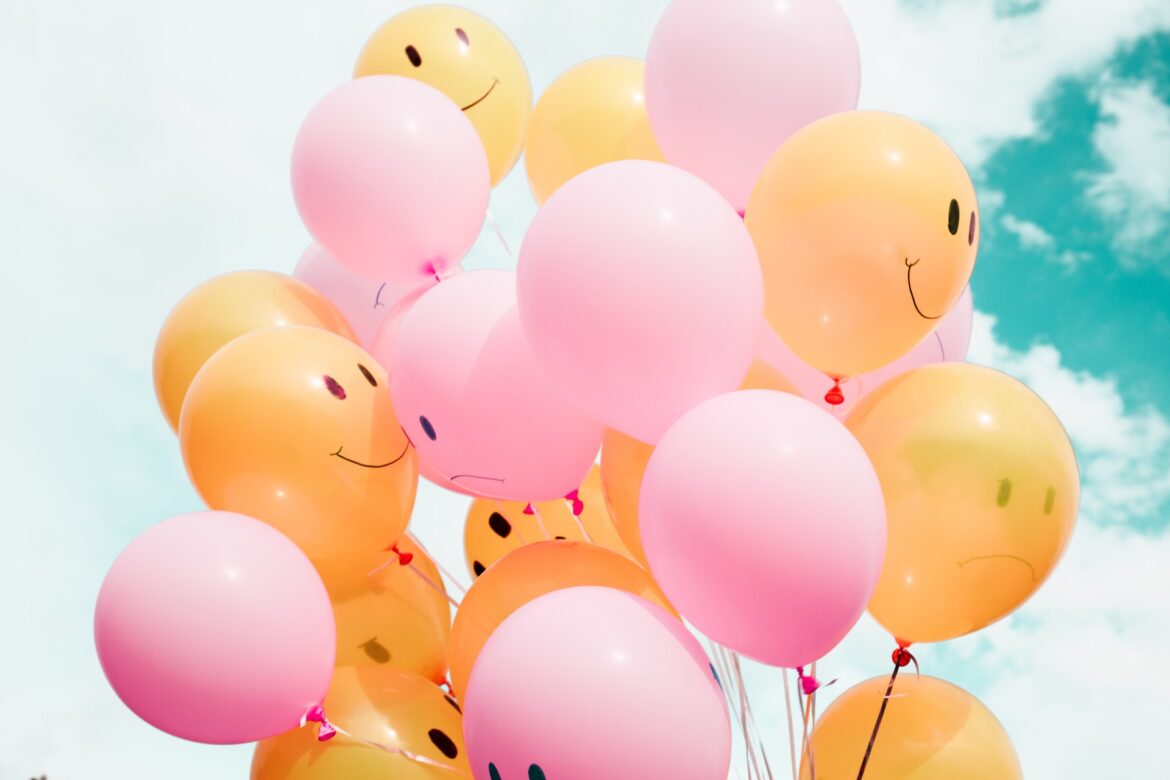Our summer issue is out now. We chat to Stephen Haines about anxiety and the practical steps we can take to manage it. Dive on in to find out more…
Can We Ease Anxiety Through Embodiment?
THE OMG WAY THROUGH ANXIETY.
By Alison McEvoy
The map of Orient –Move – Ground can serve as a useful guide to working in an embodied way, and bring a creative response to anxiety.
Anxiety is most commonly framed as a psychological problem, and helping people with anxiety has traditionally been seen as the territory of mental health professionals. However, through over 20 years of clinical experience as a bodyworker, I’ve discovered how safely connecting to the body is a key tool to slow down feelings of anxiety and panic. I teach simple, practical tools that can help take the edge off anxiety, by understanding and relating to our physiology, as well as how you can support others to find agency and choice in meeting their anxiety.
At Body College we explore:
• How anxiety is rooted in protective gestures of speeding up to survive – it is much more than a psychological problem.
• Embodied approaches to managing anxiety.
• How to understand the hidden stories and protective reflexes that can be working hard to protect us, through anxiety.
• How to self regulate intense feelings. (Feeling is hard, but if you can’t feel, it is very hard to heal).
The map of Orient – Move – Ground can serve as a useful guide to working in an embodied way, and bring a creative response to anxiety. OMG is a good mnemonic to help you remember.
ORIENT
When we feel anxious, our body can feel activated – our threat detection systems (our inner ‘guard dogs’) tell us we aren’t safe, and catastrophic thoughts can take over.
1. Go slow Pause and give time. Acknowledge what is happening: ‘I notice there is a big charge here’ or ‘I notice there is an urge to go quick’ or ‘I notice it seems hard for to be here’.
2. Orient to the environment Can you hear the rain or wind? How many lights can you see above you? Do you like the pictures on the wall? Distract yourself away from the edge of fear.
3. Orient to a safe person Find someone you trust (a supporter) to help you come in to safety. For therapists/ supporters; you need to be the safest thing in the room – to be present. Skills for the therapist/supporter include; use a low, slow voice, lots of eye contact and authentic facial expression. Hand-holding can be really useful.
MOVE
Moving is an important way to mobilise ourselves out of the protective ‘freeze’ immobilisation response to anxiety, where we seek safety by withdrawing and dissociating. 1. Simple movements can be very beneficial Can you wiggle your toes, tense legs, tense arms? Sit up, stand up or walk around if needed. 2. Generate a sense of power through movement Strong movements generate a sense of power in the limbs. Push your feet into the floor, push your hands together.
GROUND
Essentially, grounding is about connection with the body. 1. Ground in your body Orient to body sensations, to redirect attention from thinking and emoting, into safe sensations. Check the weight, size and shape of limbs. Can you feel your belly? Can you feel the back of your body? Ask yourself, ‘how does that feel in my body right now?’. Focus on simple descriptive words, and avoid interpretation. Feeling your feet can create a downward focus away from a hot, active, busy head. 2. Ground with your breath Change your breathing pattern – make long slow out breaths to stimulate the new vagus, hold your breath. 3. Ground through Self Touch Put a hand on belly, a hand on heart, rub your hands, self squeezing down the limbs.
Find out more about Stephen and his work here: bodycollege.net


